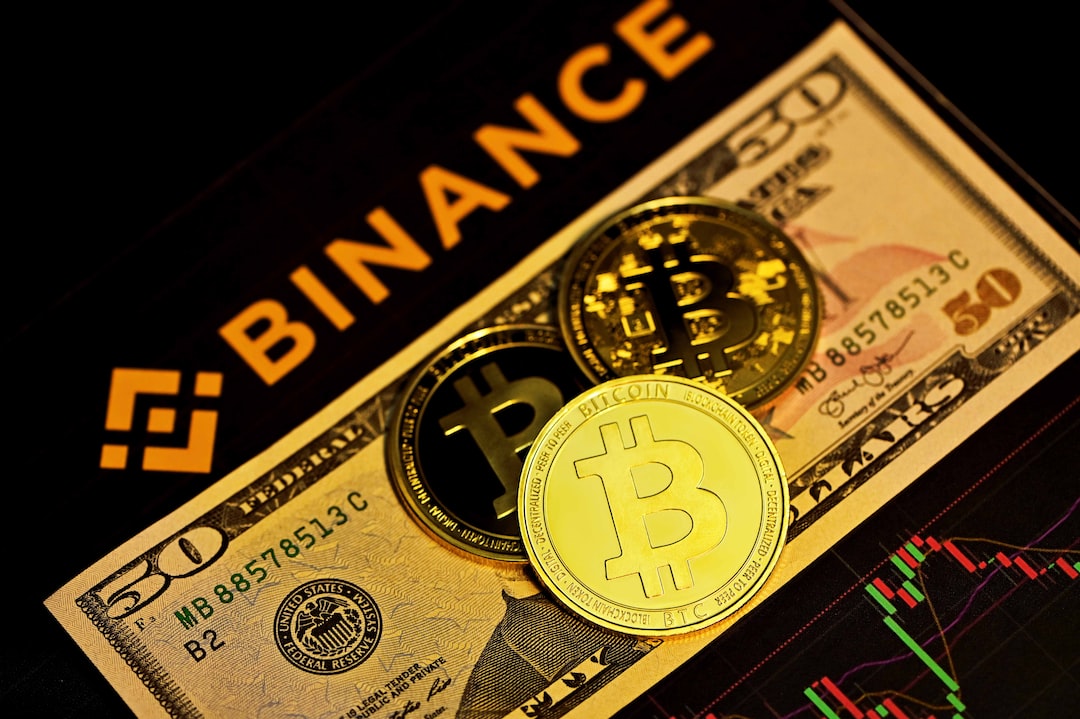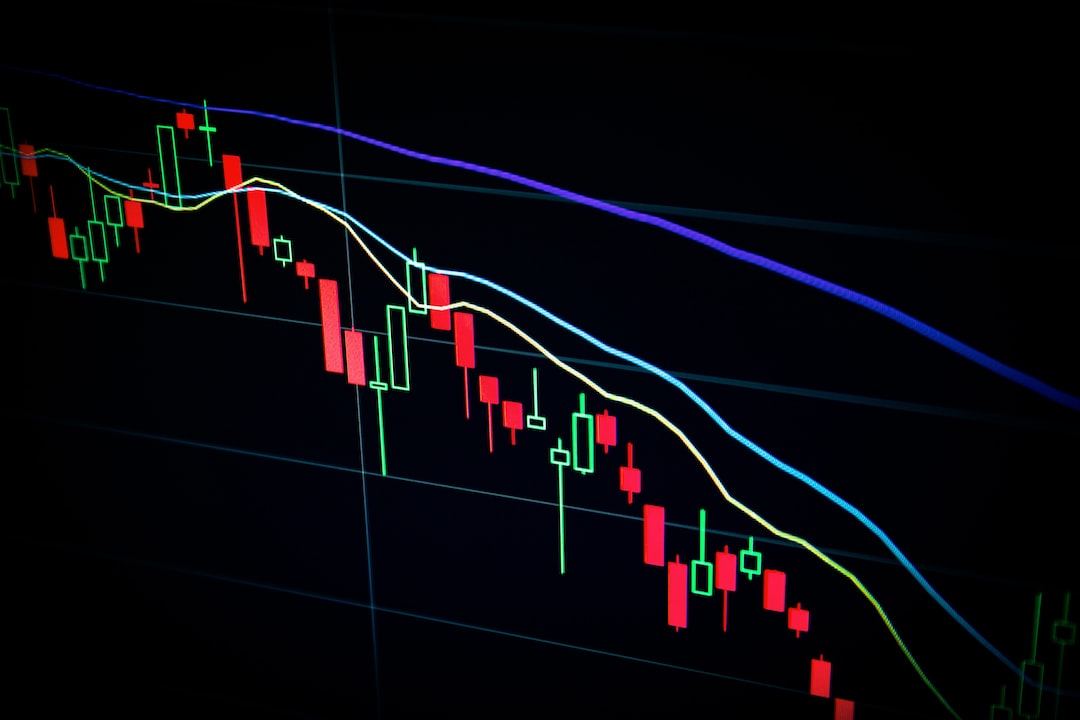Lower Middle-Income Countries Leading Crypto Adoption
Lower middle-income countries (LMIs) are showing promising trends in crypto adoption, making them a potential key player in the future of cryptocurrency. These countries, which make up 40% of the global population, have been demonstrating significant interest in cryptocurrencies, according to data from Chainalysis.
In particular, Central & Southern Asia and Oceania (CSAO) are shaping the future of crypto, with India taking the lead. India is the largest cryptocurrency market in the CSAO region and ranks highest in grassroots adoption, according to Chainalysis’ Global Crypto Adoption Index.
Despite challenging regulatory and tax environments, India has become the world’s second-largest crypto market in terms of transaction volume. The country also ranks in the top ten for various cryptocurrency services, including DEX, centralized exchange, lending protocol, token smart contract, and NFT protocol.
Mixed Global Adoption, but CSAO Stands Out
While global crypto adoption remains below its historical peak, the CSAO region has been outperforming other regions. Six out of the top ten countries in Chainalysis’ Global Crypto Adoption Index are from CSAO, including India, Vietnam, the Philippines, Indonesia, Pakistan, and Thailand.
In the CSAO region, DeFi has witnessed significant growth, accounting for 55.8% of the transaction volume between July 2022 and June 2023. Institutional adoption of cryptocurrency is also on the rise, with 68.8% of the total transaction volume involving transfers valued at $1 million or more.
Countries like the Philippines have seen the popularity of play-to-earn games, such as Axie Infinity, among the young population. Meanwhile, Pakistanis have turned to crypto, especially stablecoins like USDT, as a means of wealth preservation in the face of high inflation and currency devaluation.
Hot Take: Crypto’s Promising Future in Lower Middle-Income Countries
The lower middle-income countries in the CSAO region are proving to be a driving force in the adoption of cryptocurrencies. Despite challenges in regulatory and tax environments, countries like India, Vietnam, and the Philippines are embracing cryptocurrencies for various purposes, including investment, gaming, and wealth preservation.
As the global adoption of crypto fluctuates, these countries continue to show growth and potential. With their large populations and increasing purchasing power, they could play a significant role in shaping the future of cryptocurrency. As long as the demand for crypto persists in these regions, cryptocurrencies will have a place in their economies.





 By
By
 By
By
 By
By
 By
By

 By
By